Dalle de Verre is a stained glass technique where slabs of glass are cut or broken and the chunks are set into an epoxy mixture to bind it all together. Stratoz took a cool close up of one Dalle at his church.


I woke up wondering to put on Orange Tuesday, and then, found that three of my readers submitted photos to me in honor of Orange Tuesday! Suzanne Halstead sent the Vermilion Biscuit Star, which is an amazingly orange creature found in Australia.

John Hendricks sent this resourceful orange from the United Church of Christ Youth Page.

And the first orange to greet me this morning, from Laura Grablutz, who mentioned that Rickie Fowler always wears orange to golf on Sundays.
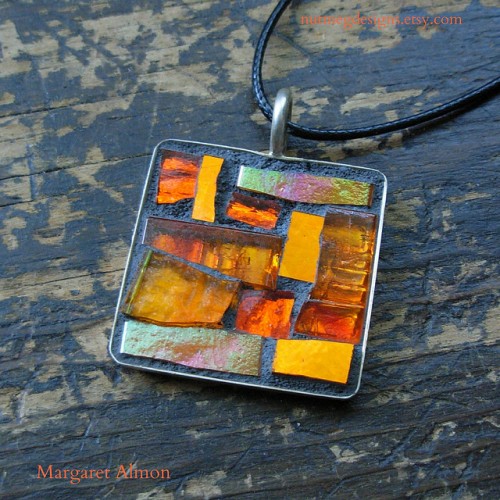
My love of orange appeared when I started making art in my 30’s. My sister loved orange as a child, but I was unmoved, baffled. I discovered that orange was a contentious subject for some color theorists at the beginning of the 20th Century. Albert Munsell worked on developing a color notation system, like a Dewey Decimal for color, without names, which he found undecipherable, and his notation is still used in the 21st Century.

Orange is known as Yellow-Red. Munsell was an artist, and he envisioned colors as mixtures of pigments, and orange was yellow plus red pigment. He wanted to teach children about color starting with the primary hues and only then moving to intermediate ones like orange. Henry Bailey, a teacher of art, was incensed at the notion that children weren’t ready to learn about orange. He saw orange as a basic color, along with green and violet, in addition to the primaries of red, yellow and blue. Both Munsell and Bailey took color education very seriously, in an odd forward echo of sex education in my own era.
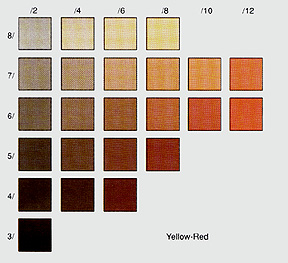
Reading the text of Bailey’s lecture on color, I was surprised by the sudden turn into theology.
In conclusion Mr Bailey said that the end of all education is character God’s aim in this world is the perfection of human souls and he has flooded it with color. Let us try to lead the children to see the color that there is in the world and to love it. And when we are weary of this world we love to read of the next and in the Book of Revelations we are told that the gates of the heavenly city have the colors of the most beautiful and most precious stones and may it not prove that in teaching our pupils to appreciate the beauties of this earthly habitation we are preparing them to share the glories of that eternal abode that house not made with hands
I have a spiritual connection with color, though not in a Book of Revelations way. In spite of my discomfort with color theory being equated with preparation for the gates of heaven, there is something wonderful about Bailey’s line, “Let us try to lead the children to see the color that there is in the world and to love it.”
More Yellow-Red Goodness on my Orange Tuesdays Pinterest Board
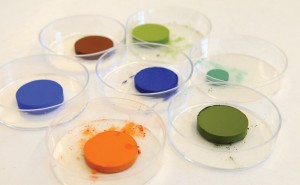

In 2009, Dr. Mas Subramanian at Oregon State University was exploring the electronic properties of manganese oxides, and after heating a sample to 2,000 degrees Fahrenheit, it turned an intense blue. The pigment is stable and lightfast. During my brief experience with watercolor, I read warnings about colors that fade quickly, called fugitive colors, as if they flee the painting. Leave posters on a bulletin board in the sun long enough, and some will become pale echoes. Once I took overlapping posters down, and the part hidden underneath was preserved, and a surprise, because I didn’t notice it happening slowly.
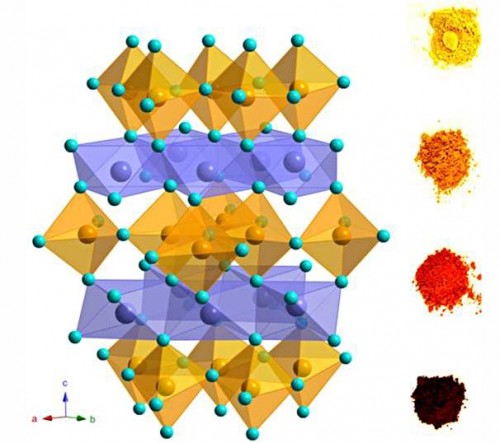
By 2011, the OSU lab had found ways to make other colors, including orange, enhanced by adding iron. I look at the blue and the orange, and on the surface I don’t see their kinship, but underneath they are crystalline siblings. Chemistry discovers the soul of the material world, and an object lesson in small changes making transformative differences like blue into orange.
More Orange Goodness on my Orange Tuesdays Pinterest Board.

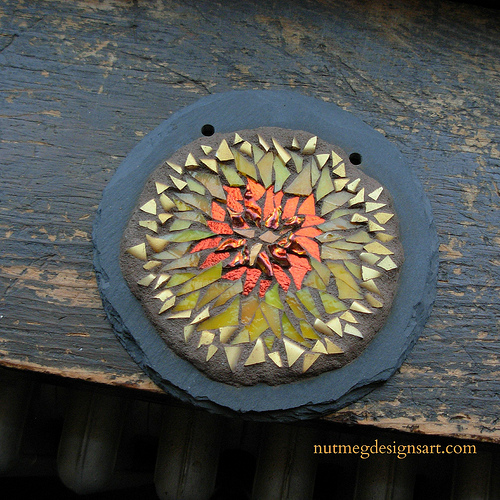

I planted a sunflower seed when I was 8 years old, along the side of our house. I was enchanted that the black and white streaked shell could be opened like a gate by the green sprout within. My father went on a sabbatical when the sunflower was still shorter than me, and we moved to Texas for the year. I came across letters from Mrs. Firth, our next door neighbor. I was worried about my sunflower, and had written to her, and she reassured me that it was fine. The growing plant is a wonder.
One evening I went with Stratoz when he needed to water his school garden, and there was a sunflower taller than he was. I took some pictures of it in full stature.
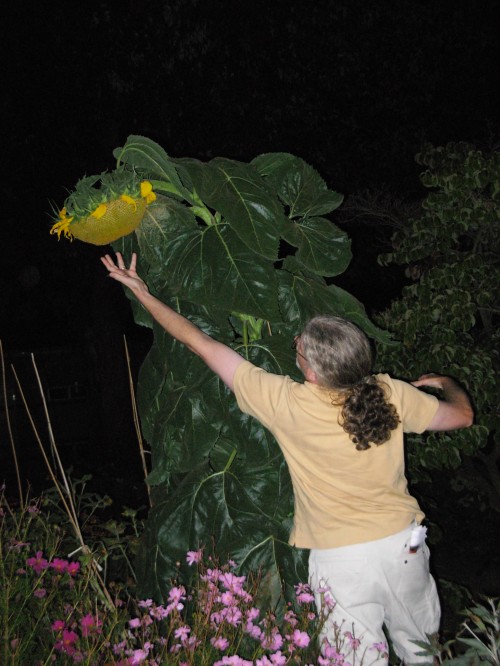
One of the first mandalas I ever made in mosaic was a sunflower, and to discover there were orange ones was a bonus. I return to sunflowers again, and admire their beautiful faces.
Sunflower Mandala in Nutmeg Designs Etsy Shop
More Orange Goodness at my Orange Tuesdays Pinterest Board.
I finished the 2013 A to Z Blogging Challenge, which kept me blogging throughout April. One of the pleasures of the challenge is discovering other artists and bloggers who are participating, and these folded tissue paper window stars by Ann of Harvest Moon by Hand caught my attention. Like the stained glass cookies of ZOOM, these are another encounter with letting light shine through color.
The Craft Show at the Kimberton Waldorf School is one of my favorites to participate in, and the students sell their own handiwork as well, including Waldorf Stars. They remind me of the Moravian Stars I grew up with. My congregation was the home of the Alberta Starcraft Workshop, which constructed Moravian stars in one of the Sunday School classrooms during the week. Walking into this room was like walking into a galaxy, with stars of many colors hanging along the walls.
Interesting post on using a star to learn multiplication: Math Star
More Orange Goodness at my Orange Tuesdays Pinterest Page.
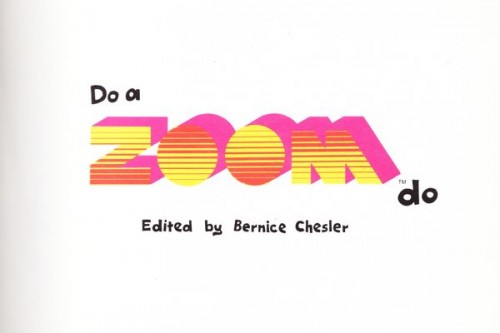

Z is for ZOOM. In the 1970s, Zoom was a place I wanted to be. Although I lived in Canada, a transmitter relayed the wonder of WGBH-Boston to my television set via Spokane’s PBS station. I didn’t know where Boston was, except as the home of ZOOM, where kids my age made things. This is the essence of what captivated me: making. ZOOM kids encouraged the audience to write them letters, and the address was incorporated into the show with such rhythm, that I had it memorized.
As an adult, I found a copy of Do a ZOOMdo at a thrift store, and all the ZOOM goodness was mine for a dollar. The pages are saturated with color, and instructions for many of the projects I watched raptly at age 8 or 9. I kept it on the shelf in reserve, just happy it was there. I picked it up to write this post, and yes, the most memorable project is there: Stained Glass Cookies.

Two details imprinted themselves. One was the sour ball candy, and how the kids crushed them and filled in the cookie dough frames. The other was how baking transformed what was crushed into translucent color. It is no surprise I married a man who eventually became a stained glass artist. . .
Bonus: Bernadette Yao’s Butterfly Arms(if you watched ZOOM you know what I’m talking about.) Also, the ZOOM logo has some fine orange in it for Orange Tuesday.

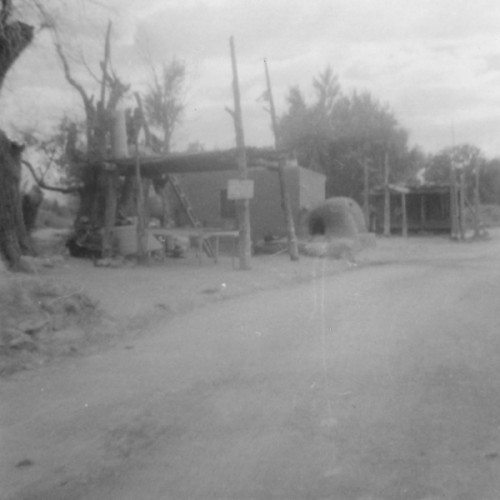
T is for Taos, NM. My memory of Taos is intertwined with taking photos with my mother’s Brownie camera, which was probably a Starflex, with an aluminum reflector that flipped up from the top of the camera. To capture an image, I had to look down into the camera, which fascinated me at age 7, since what I wanted to photograph was in front of me. The round adobe ovens of the Taos Pueblo reminded me of the igloo shape often associated with Canada even if you lived in a city like I did.

For the first time, when I got these photos out, I noticed that there was a name on the sign in front of the Mission Church, San Francisco de Asis, and discovered this is the church that artists were inspired by, including Georgia O’Keefe and Ansel Adams.
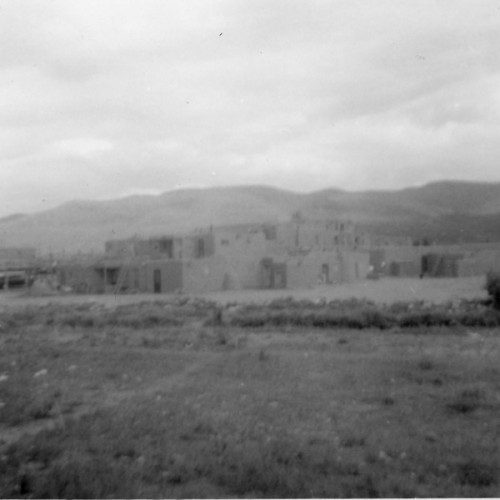

The Taos Pueblo was many interconnected spaces, yet unified with the adobe. The photo my sister Cate and I was probably taken by my mother, who was the original owner of the camera.
Bonus for Orange Tuesday: Taos brings orange out in many artists and this painting by Pat Pollard is an orange delight.
Source: patpollardart.com via Margaret on Pinterest